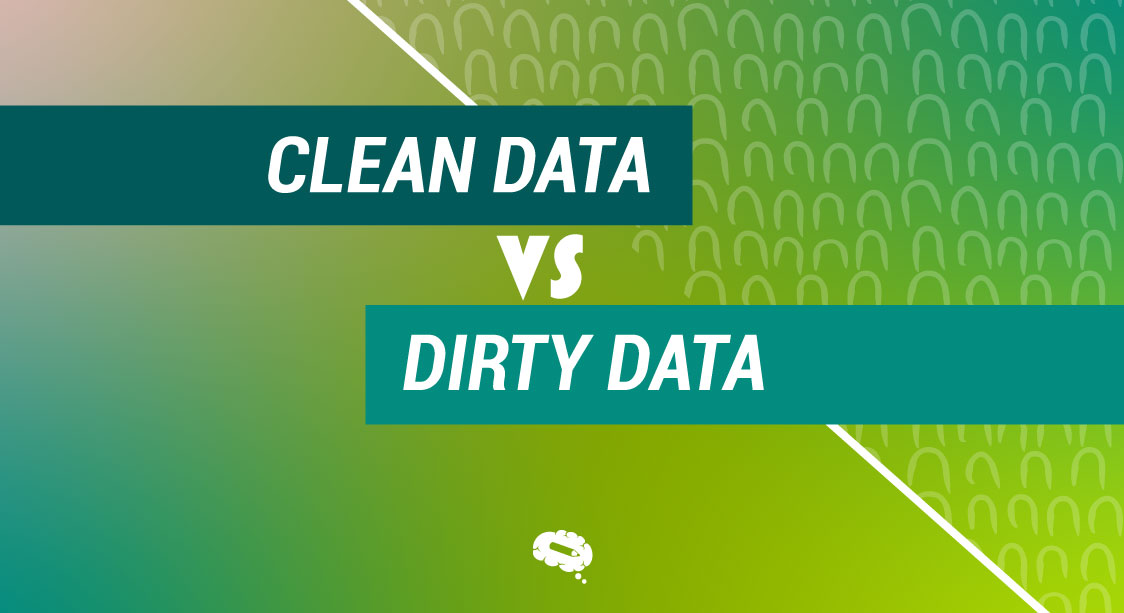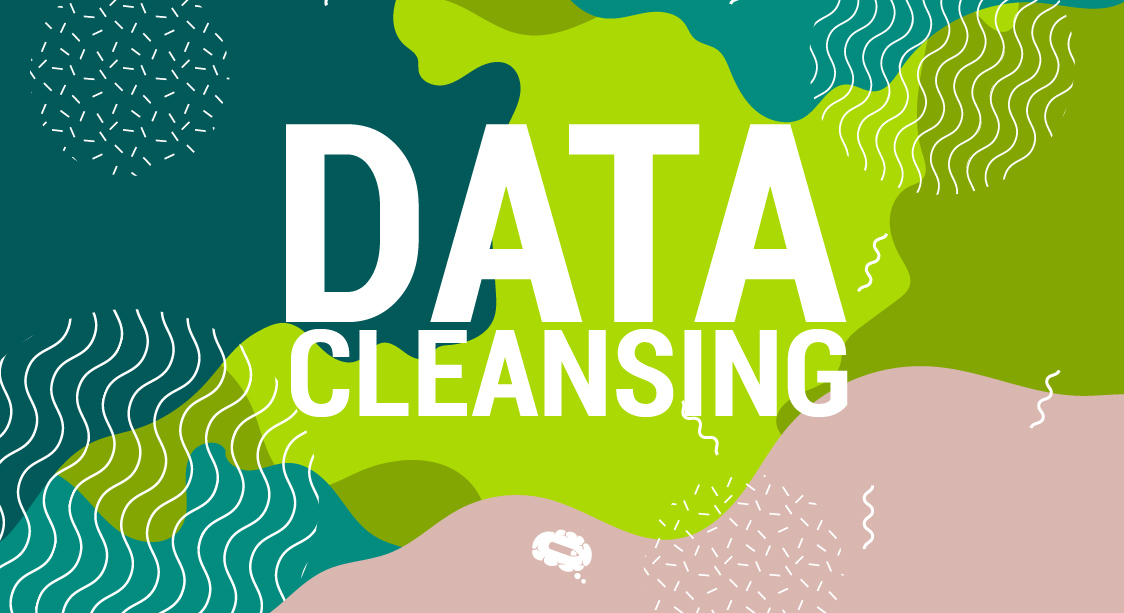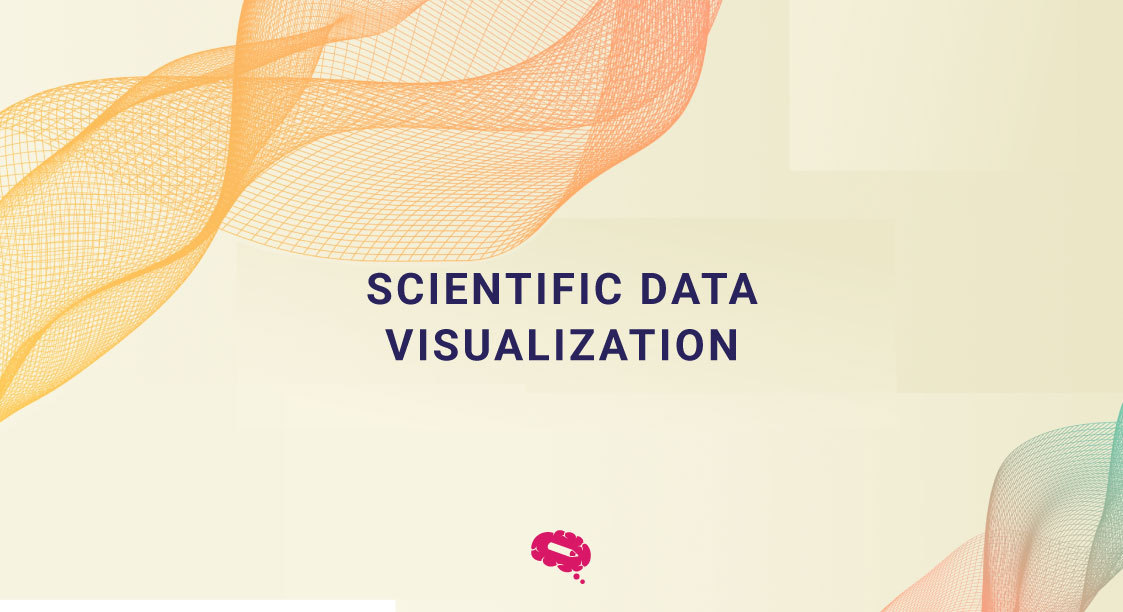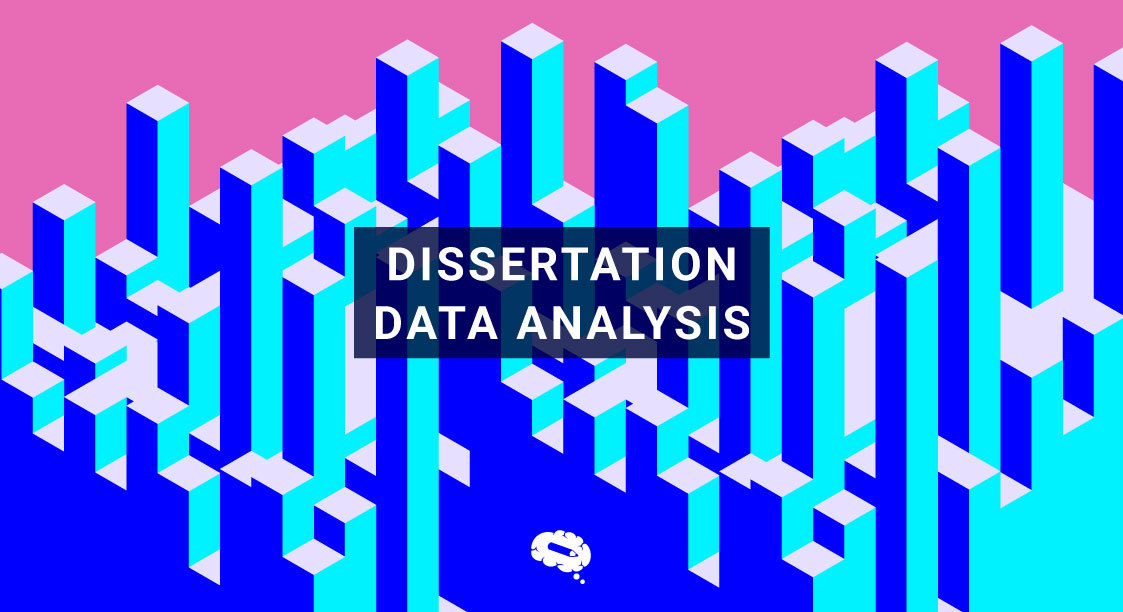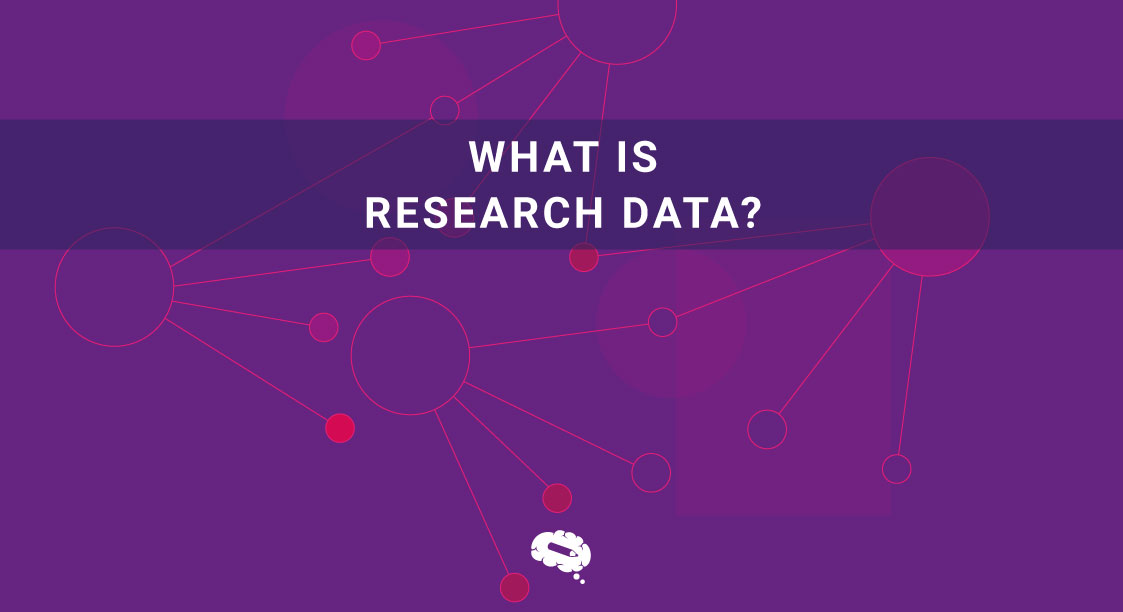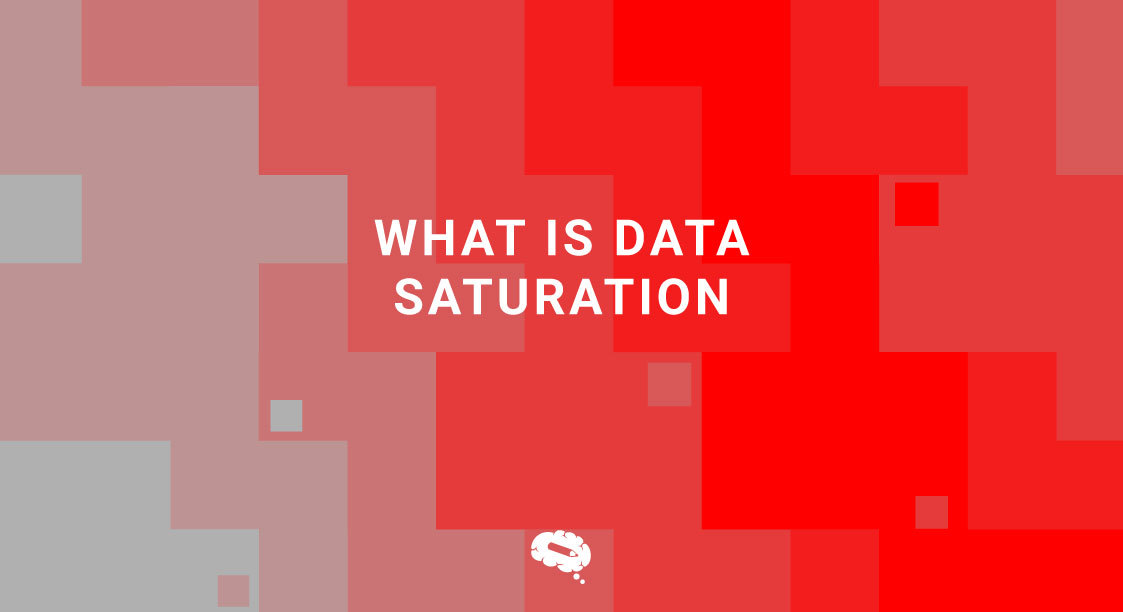In the realm of data management, the distinction between clean data and dirty data is crucial for effective decision-making and analysis. Data cleansing is essential in distinguishing between clean data and dirty data, ensuring that information is accurate, consistent, and reliable. Clean data refers to information that is accurate, consistent, and reliable, free from errors or inconsistencies. On the other hand, dirty data is plagued with inaccuracies, inconsistencies, and gaps that can lead to flawed conclusions and misguided strategies. Understanding the impact of clean data vs dirty data on your operations is essential for maintaining the integrity of your data processes. In this discussion, we will delve into the differences between clean data and dirty data, and why it is vital to ensure the accuracy and quality of your data.
Understanding Clean Data
Definition of Clean Data
Clean data is data that is accurate, complete, and formatted consistently. It is free from errors, duplicates, and irrelevant information. This type of data allows for seamless analysis and reliable decision-making. Clean data ensures that all entries conform to a standard format, and any discrepancies are resolved. For instance, addresses in a dataset should follow the same structure, and numerical data should be within expected ranges. Maintaining clean data often involves regular audits and updates to ensure its integrity over time. By prioritizing clean data, organizations can trust their data-driven insights and avoid costly mistakes. Standardizing data collection rules and establishing constraints are crucial steps in preventing dirty data and ensuring data quality across departments.
Importance of Clean Data
The importance of clean data cannot be overstated. Clean data forms the foundation for accurate analysis and informed decision-making. When data is free from errors and inconsistencies, businesses can rely on it to identify trends, forecast outcomes, and develop strategies. Clean data also enhances operational efficiency by reducing the time and resources spent on data cleaning and correction. Moreover, it improves customer satisfaction by ensuring accurate and personalized experiences. For instance, clean customer data enables targeted marketing campaigns and better service delivery. In regulatory environments, clean data is essential for compliance, avoiding legal issues, and maintaining trust. Ultimately, clean data leads to better business outcomes and a competitive advantage.
Benefits of Clean Data
Clean data offers numerous benefits to organizations. First and foremost, it ensures accurate analytics, allowing businesses to make data-driven decisions with confidence. This can lead to improved operational efficiencies and cost savings. For marketing efforts, clean data helps in creating more effective, targeted campaigns, thereby increasing return on investment. Additionally, clean data enhances customer relationships by providing accurate information for personalized experiences and communications. Clean data also plays a crucial role in compliance with regulatory standards, reducing the risk of legal issues and penalties. Furthermore, it facilitates smoother integration with other systems and applications, ensuring seamless data flow and consistency across platforms. Overall, clean data empowers organizations to operate more effectively, innovate, and maintain a competitive edge.
Identifying Dirty Data
Definition of Dirty Data
Dirty data refers to information that is incomplete, incorrect, or inconsistent. This type of data can contain errors such as typos, duplicate entries, missing values, outdated information, and erroneous data. Dirty data can arise from various sources, including manual data entry mistakes, system migrations, and integration issues between different databases. It can lead to misleading insights and poor decision-making, as the data does not accurately reflect reality. For example, if customer records contain duplicate or incorrect contact details, it can result in failed communications and a poor customer experience. Identifying and addressing dirty data is crucial for maintaining the integrity and reliability of an organization’s data resources.
Common Types of Dirty Data
Dirty data can manifest in several forms, each posing unique challenges. One common type is duplicate data, where identical records exist multiple times in a dataset, leading to inflated figures and skewed analysis. Inconsistent data is another issue, occurring when information is entered in different formats or structures, making it difficult to aggregate and analyze. Outdated data can accumulate through unwanted duplicate copies of emails, individuals who have changed roles or companies, old server session cookies, web content that is no longer accurate, and situations when organizations rebrand or get acquired. This outdated data can lead to inaccurate or duplicate data accumulating, impacting overall data quality. Missing data, where essential information is absent from records, can result in incomplete insights and hinder decision-making processes. Incorrect data, which includes typographical errors or outdated information, can mislead analysts and lead to faulty conclusions. Finally, irrelevant data, which consists of unnecessary or extraneous information, can clutter databases and reduce the efficiency of data processing activities. Identifying these common types of dirty data is the first step towards cleaning and maintaining a high-quality dataset.
Risks of Dirty Data
The risks of dirty data are significant and can affect various aspects of an organization. One of the primary risks is poor decision-making, as inaccurate or incomplete data can lead to erroneous conclusions and misguided strategies. Financial losses are another concern, as dirty data can result in wasted resources, operational inefficiencies, and missed opportunities. Customer satisfaction can also suffer if dirty data leads to incorrect orders, miscommunications, or subpar service delivery. Furthermore, non-compliance with regulatory requirements due to inaccurate data can result in legal penalties and damage to the organization’s reputation. Dirty data can also hinder data integration efforts, causing inconsistencies across systems and complicating data management processes. Ultimately, the presence of dirty data undermines the reliability of the entire data ecosystem, making it imperative to identify and address these issues promptly.
Cleaning Data: Best Practices
Data Cleaning Techniques
Data cleaning is a crucial step in maintaining data quality, and several techniques can be employed to achieve this. One effective method is deduplication, which involves identifying and merging duplicate records to ensure each entry is unique. Standardization is another important technique, where data is formatted consistently across the dataset, such as using uniform date formats or standardized address structures. Validation checks can also be implemented to ensure data accuracy by verifying entries against known standards or reference datasets. Imputation techniques can handle missing data by filling gaps with estimated values based on other available information. Additionally, data enrichment involves updating and enhancing existing data with new information to improve its completeness and relevance. Regular audits and monitoring can help maintain data quality over time by identifying and addressing issues promptly. Employing these data-cleaning techniques ensures that your data remains accurate, consistent, and reliable. Proper data cleaning techniques are essential to analyze data accurately and efficiently.
Tools for Cleaning Data
Several tools are available to facilitate the data cleaning process, each offering unique features to address different aspects of data quality. Spreadsheet software such as Microsoft Excel and Google Sheets provide basic data-cleaning functionalities like filtering, sorting, and conditional formatting. For more advanced needs, tools like OpenRefine offer powerful capabilities for cleaning and transforming large datasets. Data integration platforms like Talend and Informatica can handle data cleaning as part of broader data management workflows, providing automated deduplication, standardization, and validation features. Python libraries such as Pandas and NumPy are also popular choices among data scientists for custom data-cleaning scripts. Additionally, specialized data quality tools like Trifacta and Data Ladder can automate and streamline the cleaning process, offering user-friendly interfaces and robust functionality. By leveraging these tools, organizations can efficiently clean their data, ensuring it remains accurate and reliable for analysis.
Maintaining Data Quality
Maintaining data quality is an ongoing process that requires consistent effort and attention. Implementing regular data audits is one effective strategy, as it helps identify and rectify any inaccuracies or inconsistencies promptly. Automated monitoring tools can also be employed to continuously check data integrity and flag potential issues in real-time. Establishing clear data entry standards and providing staff training can minimize the introduction of errors from manual data entry. Additionally, employing data validation rules within your systems can prevent incorrect data from being saved initially. It is also beneficial to create a data governance framework that outlines policies and procedures for data management. This framework should include roles and responsibilities, ensuring accountability for data quality. By committing to these practices, organizations can maintain high data quality, ensuring that their data remains a reliable asset for decision-making and operational efficiency. Maintaining quality data is crucial for achieving business goals and making efficient and effective business decisions.
Real-World Examples
Clean Data vs Dirty Data in Business
The impact of clean data vs dirty data in business operations can be profound. Consider a retail company using clean data for inventory management; accurate stock levels ensure timely restocking, optimal inventory levels, and satisfied customers. Conversely, if the same company operates with dirty data, it may face stockouts or overstock situations, leading to lost sales or increased holding costs. In marketing, clean data enables precise targeting and personalized campaigns, resulting in higher engagement and conversion rates. Dirty data, however, can lead to misdirected campaigns and wasted marketing spending. Financial institutions rely on clean data for accurate risk assessment and regulatory compliance, whereas dirty data can result in costly compliance breaches and incorrect risk evaluations. In essence, clean data supports efficient, effective business operations, while dirty data can lead to operational inefficiencies, financial losses, and damaged reputations.
Success Stories with Clean Data
Numerous success stories highlight the benefits of clean data in business. For example, a global e-commerce giant implemented a rigorous data-cleaning strategy, resulting in a 20% increase in sales. By ensuring their customer data was accurate and up-to-date, they could personalize marketing efforts and improve customer satisfaction. Another case involves a healthcare provider that used clean data to optimize patient care. By maintaining accurate medical records, they reduced errors in treatment plans and improved patient outcomes. A financial services firm utilized clean data for better risk management, leading to more accurate credit assessments and a significant reduction in default rates. These success stories demonstrate that clean data not only enhances operational efficiency but also drives growth and innovation. Businesses that invest in maintaining clean data can achieve measurable improvements in performance and customer satisfaction.
Failures Due to Dirty Data
Failures due to dirty data can have severe repercussions for businesses. One notable example is a major airline that faced significant operational disruptions due to dirty data in its scheduling systems. Inaccurate data led to flight delays, misplaced luggage, and a tarnished reputation, ultimately costing millions in revenue. Another instance involves a retail chain that suffered from poor sales forecasting due to dirty data, resulting in overstocked warehouses and unsold inventory. This not only increased storage costs but also led to substantial financial losses. In the financial sector, a bank’s reliance on dirty data for loan assessments resulted in a high number of bad loans, contributing to a sharp rise in defaults and financial instability. These examples illustrate that dirty data can cause operational inefficiencies, financial losses, and damage to an organization’s credibility. Addressing dirty data is crucial to avoid such detrimental outcomes and ensure smooth business operations.
Conclusion
Summary of Key Points
In summary, the distinction between clean data and dirty data is vital for effective data management. Clean data is accurate, consistent, and reliable, enabling accurate analysis and informed decision-making. The importance of maintaining clean data lies in its ability to improve operational efficiency, customer satisfaction, and compliance with regulations. On the other hand, dirty data is plagued with inaccuracies and inconsistencies, leading to poor decision-making, financial losses, and damage to reputation. Various data cleaning techniques and tools can help maintain data quality, such as deduplication, standardization, and validation. Real-world examples demonstrate the significant impact of clean data vs dirty data on business operations, with success stories highlighting the benefits of clean data and failures underscoring the risks of dirty data. By prioritizing data quality, organizations can ensure that their data remains a valuable asset for driving growth and achieving business objectives.
Future of Data Quality
The future of data quality is poised to be shaped by advancements in technology and evolving business needs. With the rise of artificial intelligence and machine learning, automated data cleaning and validation processes will become more sophisticated and efficient. These technologies can identify and correct data issues in real-time, ensuring continuous data quality. The increasing use of cloud-based data platforms will also enable more seamless integration and standardization across different data sources. Additionally, as data privacy regulations become stricter, maintaining high data quality will be crucial for compliance and building customer trust. Organizations will need to invest in robust data governance frameworks and tools that support ongoing data quality efforts. The focus will shift towards proactive data quality management, where potential issues are addressed before they impact business operations. Ultimately, prioritizing data quality will remain essential for organizations to harness the full potential of their data and achieve business success.
Final Thoughts on Clean Data vs Dirty Data
The debate between clean data vs dirty data highlights the critical importance of data quality in today’s data-driven world. Clean data serves as the backbone of accurate analytics, informed decision-making, and efficient operations. It empowers businesses to innovate, optimize processes, and enhance customer experiences. On the contrary, dirty data poses significant risks, leading to poor decisions, financial losses, and damaged reputations. The journey to maintaining clean data is continuous, involving regular audits, the use of advanced tools, and strong data governance practices. As technology advances, organizations must adapt and invest in solutions that ensure data remains clean and reliable. Ultimately, prioritizing the quality of data is not just a technical necessity but a strategic imperative. By doing so, businesses can unlock the true potential of their data, driving growth and achieving long-term success.
Unleash Your Creativity with Mind the Graph
Mind the Graph empowers scientists and researchers to create visually compelling and scientifically accurate graphics with ease. Our platform offers an extensive library of customizable templates and illustrations, making it simple to turn complex data into engaging visuals. Perfect for enhancing presentations, posters, and research papers, Mind the Graph ensures your work stands out and effectively communicates your findings. Take your scientific communication to the next level – sign up for free and start creating today!

Subscribe to our newsletter
Exclusive high quality content about effective visual
communication in science.

